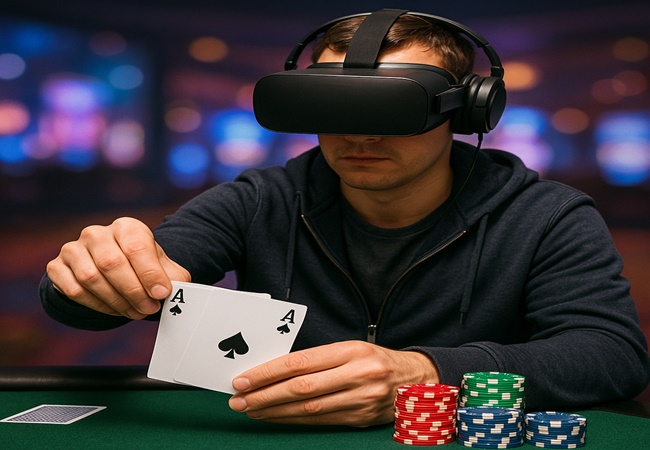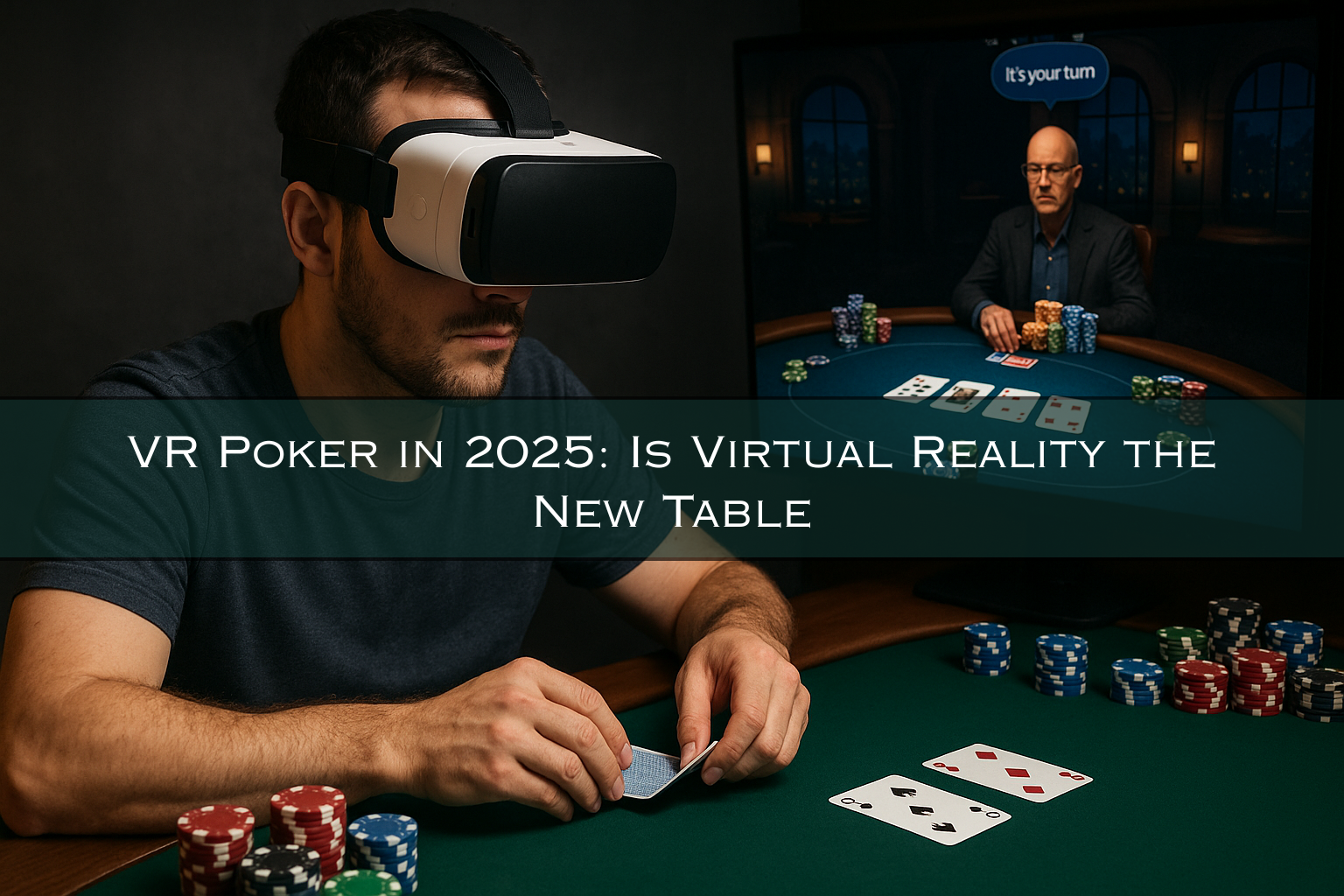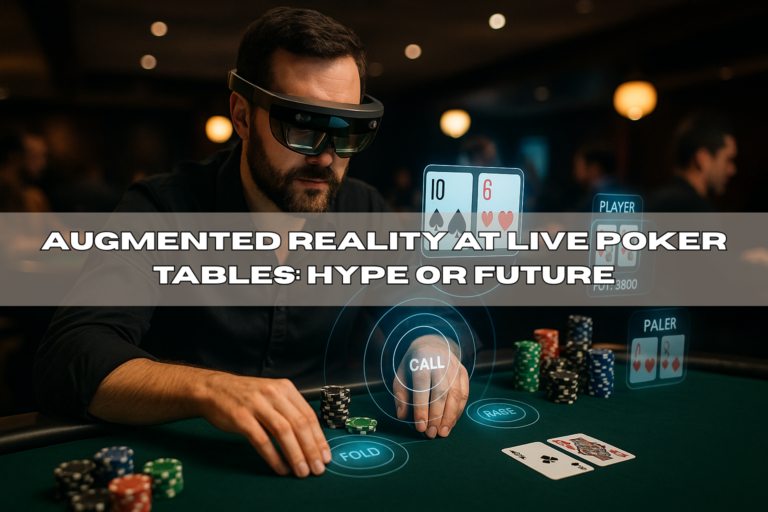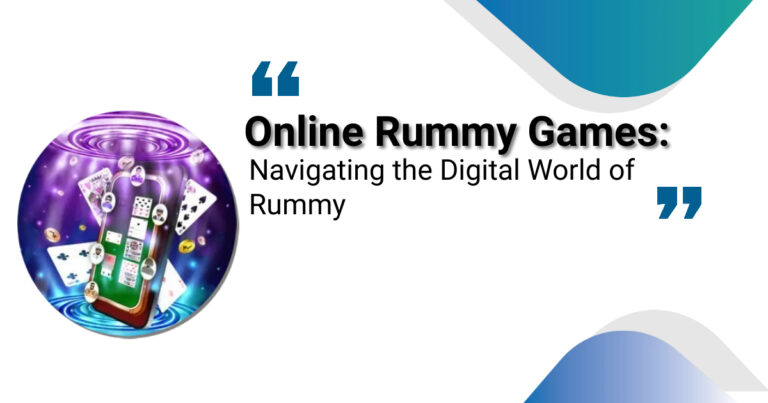VR Poker in 2025: Is Virtual Reality the New Table
The poker world has always been quick to embrace innovation. From smoky back rooms to glitzy Las Vegas casinos, and then to mobile apps, Rummy games, and live-streamed tournaments, the game has evolved alongside technology. Now, in 2025, virtual reality (VR) has entered the arena with full force, posing a fascinating question: Is VR poker the new table? With lifelike graphics, immersive environments, and the promise of replicating in-person interactions, VR poker is reshaping how players connect with the game—and with each other.
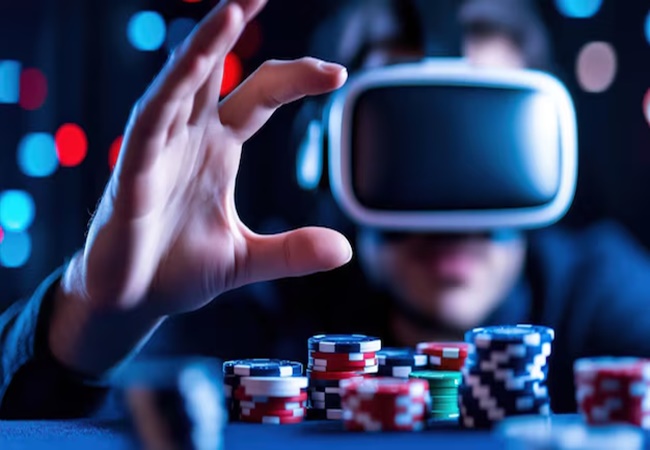
The Rise of VR Poker: From Concept to Reality
Virtual reality in poker isn’t entirely new. Early versions of VR poker began appearing in the late 2010s, but the technology was limited. The hardware was bulky, environments were basic, and few players took the plunge. Fast forward to 2025, and VR has matured into a powerful platform for gaming. Lightweight headsets, improved motion tracking, and rich social interaction features have turned VR poker into a mainstream experience.
Platforms like PokerStars VR, VR Poker Club, and MegaStack VR now offer ultra-realistic poker environments. Players can sit at luxurious tables in a Monte Carlo penthouse or play under the aurora borealis in a remote Scandinavian cabin. The sense of place and presence is far beyond what 2D poker apps or even Teen Patti Stars experiences can provide.
What Makes VR Poker Different?
VR poker brings back a crucial aspect often lost in online games—presence. The subtle psychological and emotional elements of poker, such as observing body language, making eye contact, or reading physical cues, are once again part of the game.
Here are the standout features that separate VR poker from traditional online poker:
- Avatars and Gestures: Players can use full-body avatars with facial tracking and hand gestures, allowing for realistic reactions like smirking, folding with flair, or slow-rolling with a raised eyebrow.
- Voice Communication: Natural voice chat enables table talk, trash talk, or strategic silence—adding another layer of psychological warfare.
- Virtual Chips and Interactions: You can toss chips into the pot, play with your cards, or stack your chips manually. These physical actions foster immersion and bring back the tactile feel of live poker.
- Social Hubs: Outside the game itself, many VR poker platforms include social lounges and events where players can network, discuss hands, or relax between games—creating a digital version of the poker community.
Is VR the New Table for Serious Players?
For casual players and social gamblers, VR poker in 2025 is already proving to be a hit. But what about serious grinders, high-stakes players, and professionals? Can VR poker replace the felt table as their main battleground?
The answer depends on what a player values most.
Advantages for Serious Players:
- No Travel Costs: A VR headset and internet connection are far cheaper than constant trips to Vegas, Macau, or Monte Carlo.
- Comfort and Convenience: Play from your home setup with the atmosphere of a world-class casino, without the distractions or expenses of live play.
- Practice and Variety: VR poker rooms host free-to-play tables, real-money games, and mixed-reality events, offering flexibility for both practice and profit.
Challenges and Limitations:
- Tech Dependence: A stable internet connection and high-end headset are required. Hardware issues or motion sickness can impact long sessions.
- Lack of Real Money Integration: While some platforms are pushing into regulated real-money play, most are still geared toward social or token-based play, limiting their appeal to serious pros.
- Security and Fairness Concerns: As VR poker grows, so do concerns about cheating, software bugs, and identity verification. The integrity of games must be upheld.
Real Money and Regulation: The Missing Piece
One of the largest hurdles for VR poker in becoming the dominant format is regulation. Most VR poker platforms are currently focused on play money or token economies. Integrating real money into a VR environment is a complex legal issue, especially when dealing with international jurisdictions and licensing requirements.
However, 2025 has seen a shift. Some jurisdictions—like Malta, the Isle of Man, and certain U.S. states—have begun issuing specific licenses for VR-based real money gambling platforms. This legitimizes the experience for serious players and opens the door for future tournaments and professional circuits.
If real money VR poker can scale securely and legally, it will likely attract many more high-stakes and mid-stakes players to the virtual table.
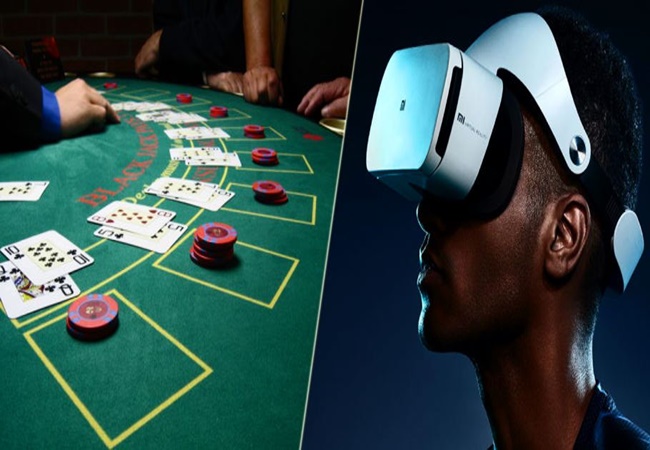
The Experience: More Than Just Poker
Perhaps the biggest draw of VR poker isn’t just the game—it’s the experience. VR poker sessions are not just about grinding for profit; they’re about connecting with others, enjoying immersive environments, and even exploring new roles.
You might find yourself sitting next to a streamer broadcasting to thousands, chatting with a retired poker pro, or playing in a Halloween-themed tournament where every player is dressed as their favorite character. It’s poker reimagined as entertainment and social experience.
This experiential factor appeals strongly to Gen Z and younger Millennials, with gen z and poker trends showing a strong preference for digital interaction and gamification. For them, poker is not just a card game—it’s a lifestyle and identity. VR platforms offer that immersion.
Celebrities, Streamers, and Influencers
Just as online poker had its boom with the rise of streaming and YouTube, VR poker is now being boosted by content creators. In 2025, some Twitch and Kick streamers are using VR poker to engage fans in unique ways. Live chatrooms are built into VR lounges, allowing viewers to interact while watching hands play out in 360°.
Even a few celebrities and poker ambassadors have embraced the format, appearing in virtual events and hosting tournaments. This mainstream exposure helps bring credibility and excitement to the space.
Is VR Poker the Future or Just a Trend?
While VR poker won’t replace live or mobile poker completely, it’s clearly carving out a strong niche. Its appeal lies in its ability to merge the social richness of live poker with the convenience of online play.
But it’s not for everyone. Some players prefer the simplicity and speed of mobile apps or multi-tabling from a laptop. Others, including some Indian poker pros, enjoy the psychological edge they get from real-life tells that even VR can’t fully replicate yet.
Still, as the hardware becomes more affordable and platforms continue to evolve, we’re likely to see more integration between VR and other formats—hybrid tournaments, mixed-reality final tables, or even virtual bracelets awarded in major poker series.
Conclusion: A New Kind of Table
So, is VR poker the new table in 2025? The answer is both yes and no.
It is the new table for players who crave interaction, immersion, and social play without physical travel. It’s ideal for a new generation raised on gaming, avatars, and virtual communities. It’s also a testing ground for how poker can evolve in the metaverse.
But for high-stakes regulars, GTO solvers, and old-school grinders, it’s a complement—not a replacement. VR poker is not the only table, but it’s undoubtedly a powerful new one, also opening fresh opportunities for women in poker.
As the technology matures and real-money play expands, VR poker could become a cornerstone of the global poker scene. Whether you’re a casual player or a future WSOP champion, the virtual felt might soon be calling your name.
